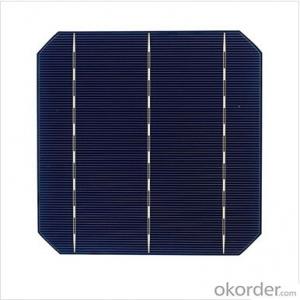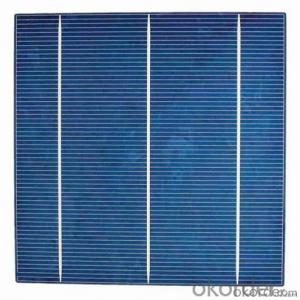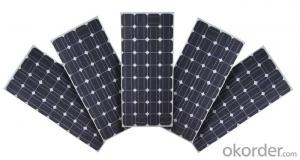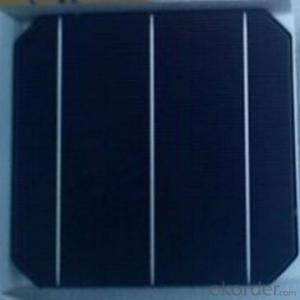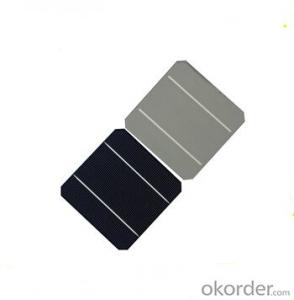2nd Generation Solar Cells
2nd Generation Solar Cells Related Searches
Except For Solar Cells Weegy Problems With Solar Cells High Power Solar Cells Light Trapping In Solar Cells High Performance Solar Cells High Output Solar Cells High Wattage Solar Cells Energy Transfer In Solar Cells High Efficiency Hvac Systems Recombination In Solar CellsHot Searches
Cheap Solar Cells For Sale Flexible Solar Cells For Sale Q Cells Solar Panels For Sale Printed Solar Cells For Sale Bulk Solar Cells For Sale 6x6 Solar Cells For Sale Broken Solar Cells For Sale Cpv Solar Cells For Sale Photoelectric Cells For Sale Price Of Silicon Solar Cells Price Of Solar Cells Over Time Buy Solar Cells From China Cheap Solar Cells China Best Type Of Solar Cells Flexible Solar Cells Price Q Cells Solar Panels Price 3 Types Of Solar Cells Production Of Solar Cells Common Types Of Solar Cells Q Cells Solar Panel Prices2nd Generation Solar Cells Supplier & Manufacturer from China
Okorder.com is a professional 2nd Generation Solar Cells supplier & manufacturer, offers integrated one-stop services including real-time quoting and online cargo tracking. We are funded by CNBM Group, a Fortune 500 enterprise and the largest 2nd Generation Solar Cells firm in China.Hot Products
FAQ
- Where can I get the most accurate information about solar cells?
- A authorized science book talking about solar cells could be a good reference.
- Snow accumulation on solar cells can have a negative impact on their performance and efficiency. The layer of snow covering the cells prevents sunlight from reaching the surface, reducing the electricity generation capacity. Additionally, the weight of the snow can potentially damage the cells or the supporting structure. Regular cleaning or tilting of the panels can minimize the impact and ensure optimal solar energy production.
- Solar cells can be affected by high levels of dust storms as the accumulation of dust and debris on their surfaces reduces their efficiency. Dust particles can block sunlight from reaching the solar cells, which in turn reduces their energy production. Regular cleaning and maintenance are necessary in areas with high levels of dust storms to ensure optimal performance of solar cells.
- Yes, solar cells can be used in areas with high humidity. While high humidity can potentially affect the overall efficiency of solar cells, advancements in technology and materials have made them more resistant to moisture and corrosion. Additionally, solar panels are designed to withstand various weather conditions, including high humidity, and continue to generate electricity even in such environments.
- Yes, solar cells can be used to power remote locations. Solar cells, also known as photovoltaic cells, convert sunlight into electricity. They can be installed in remote areas where there is no access to the grid or where it is not feasible to connect to the grid. Solar power is a sustainable and renewable energy source, making it an ideal solution for powering remote locations that are off the grid.
- Yes, solar cells can be effectively used in desert regions. Deserts have abundant sunlight, which is essential for generating solar energy. Additionally, the arid climate conditions in deserts provide less cloud cover and minimal air pollution, resulting in higher efficiency and output of solar cells.
- Algae growth on solar cells can significantly reduce their performance. The presence of algae creates a layer on the surface of the cells, which blocks sunlight from reaching the photovoltaic material. This reduces the efficiency of the solar cells and lowers the amount of electricity they can generate. Additionally, algae can also cause corrosion and damage to the solar cell surface, further impacting its performance and longevity. Therefore, it is crucial to regularly clean and maintain solar panels to prevent algae growth and ensure optimal energy production.
- Yes, solar cells can be used to power wireless communication networks. Solar cells convert sunlight into electricity, which can be used to power various devices including wireless communication equipment. This is particularly useful in remote areas or during power outages, where solar energy can provide a sustainable and reliable source of power for wireless communication networks.
























